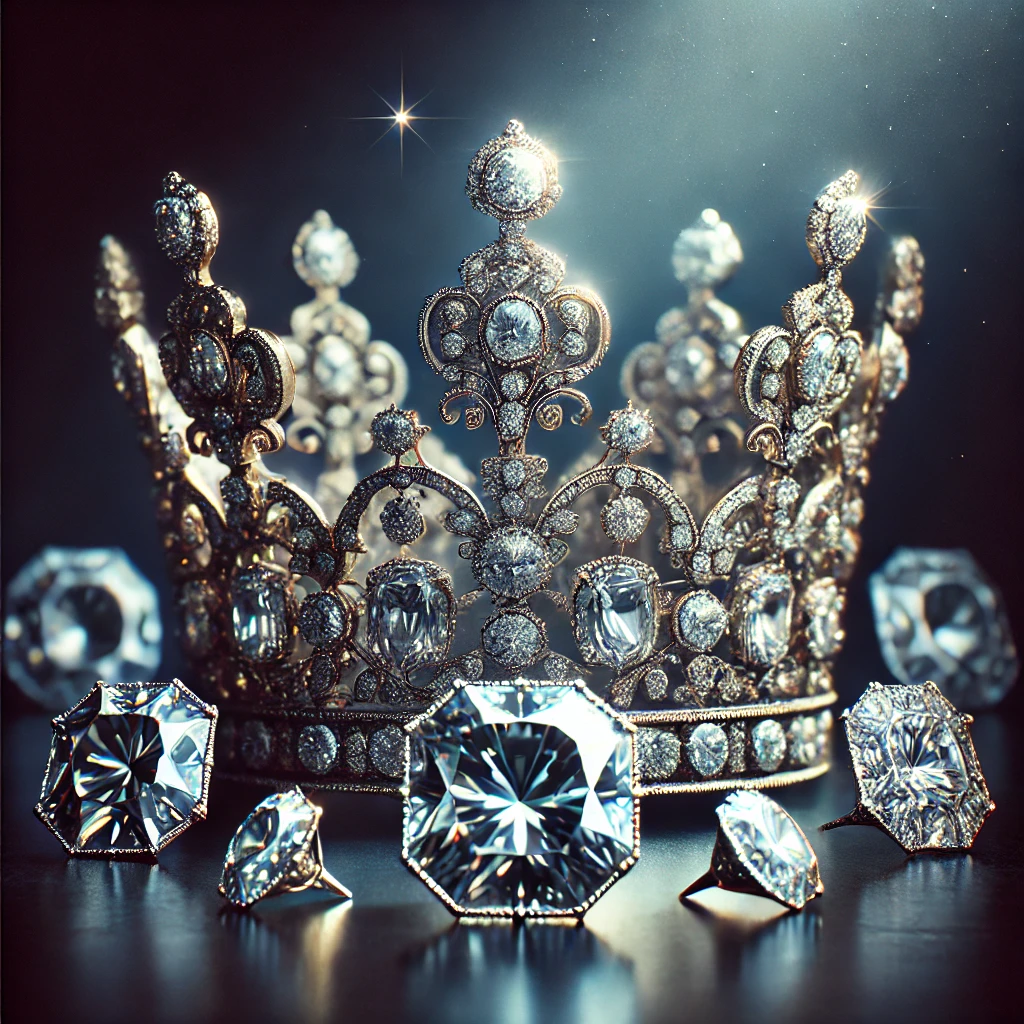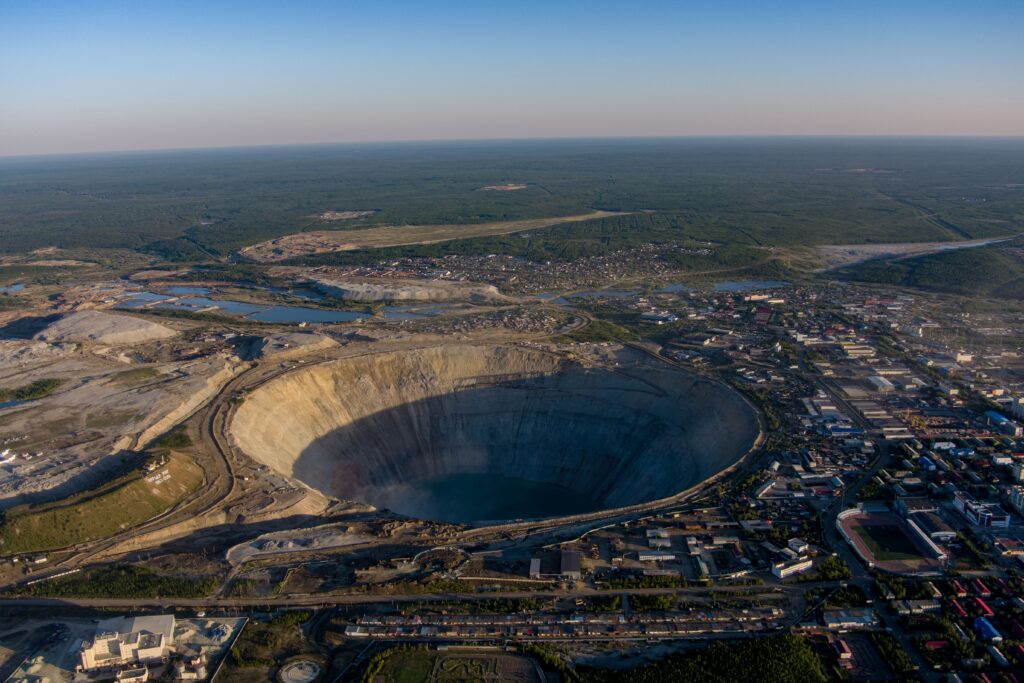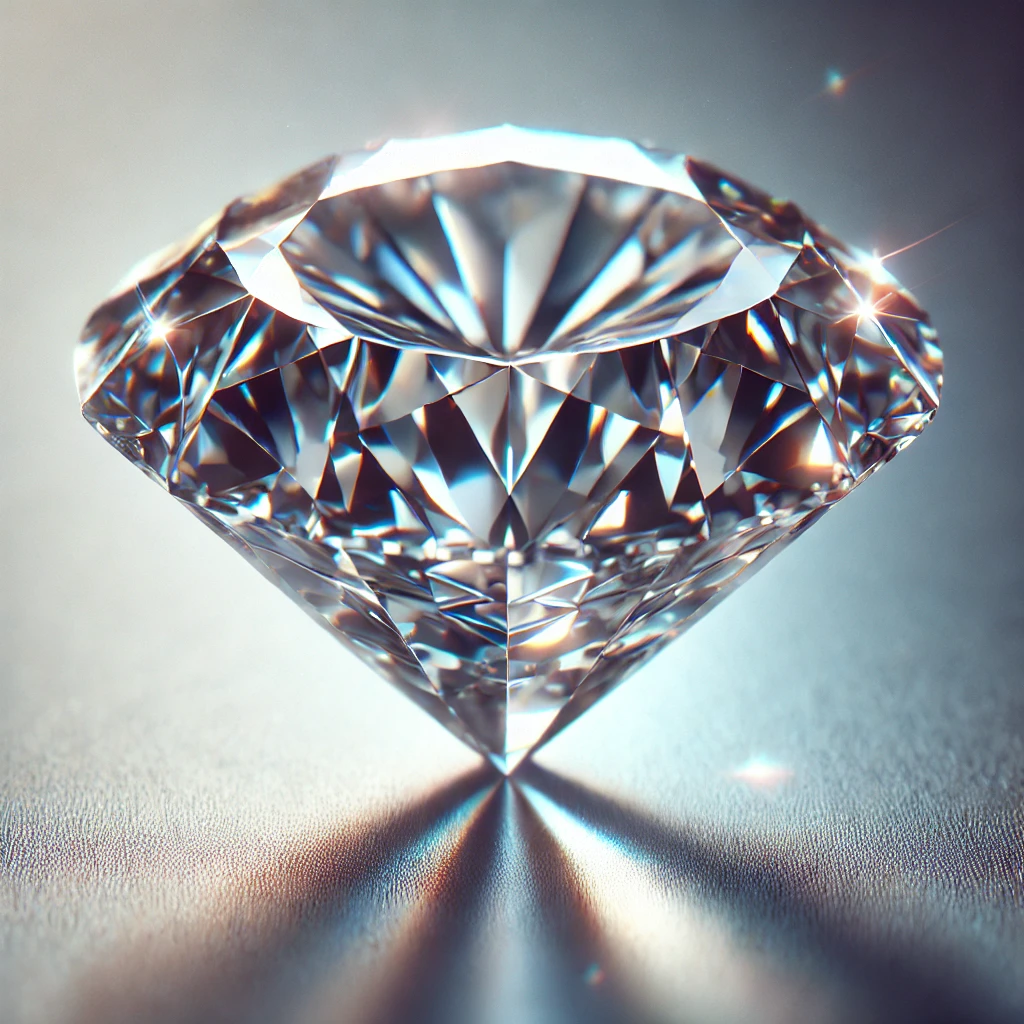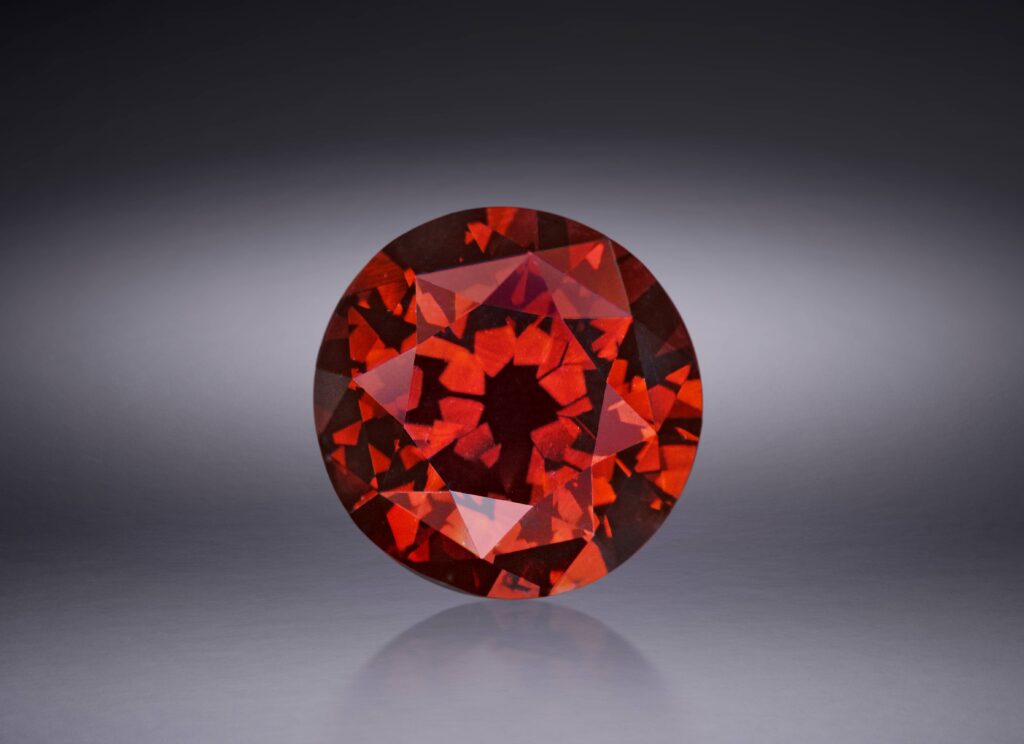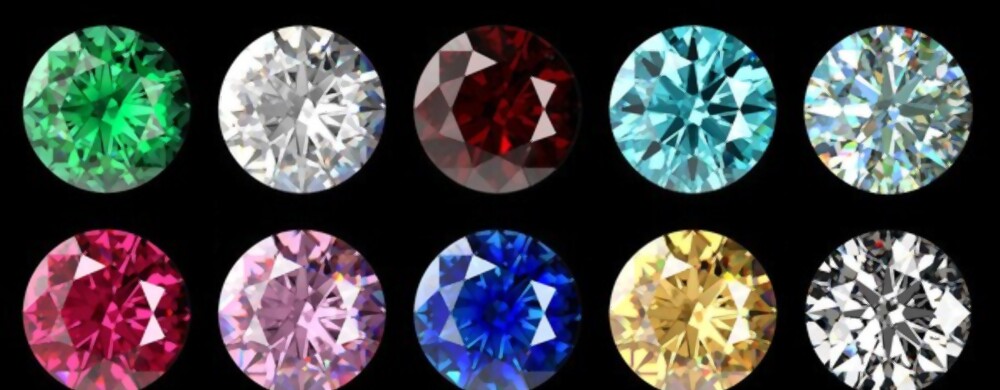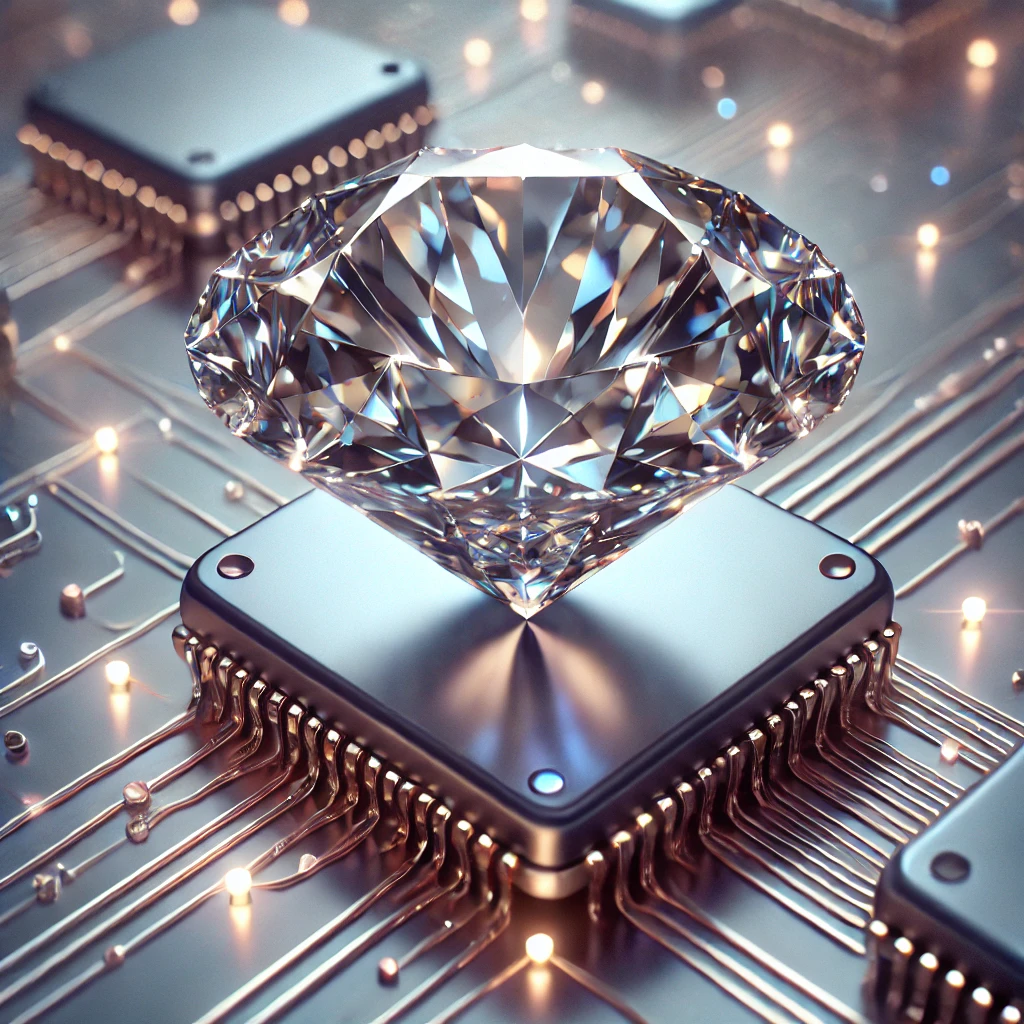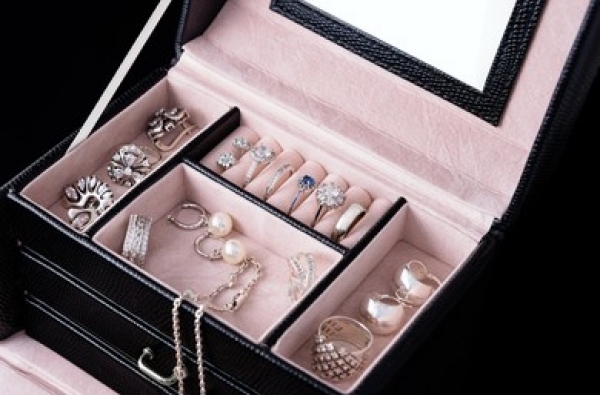
The sight of sparkling adornments or high-end fashion comes into the minds of many when thinking about diamonds. But few people notice the hidden potential in diamond dust, which comes as fine particles from diamond cutting and polishing. Though these fragments are without the glamour their larger possess, lies in making waves in everything from technology to art and medicine.
The Science Behind Diamond Dust
Diamond dust isn’t just waste; it’s material with unique properties. Composed of the same hard carbon structure as diamonds in larger forms, these microscopic particles retain the amazing hardness and thermal conductivity that larger diamonds are so famous for. This attribute is very valuable in industrial industries.
In technology, nanodiamonds – diamond particles normally less than 100 nanometers – are gaining traction for use in quantum computing. One of the odd properties of diamonds is the defect known as the nitrogen-vacancy centre, wherein they store quantum information. Scientists are using “diamond dust” in the development of sensors that can measure magnetic and electric fields with sensitivities never reached before. This, apart from many other uses, pushes quantum research right from high-precision medical imaging to navigation systems.
Another exciting area of investigation has to do with the use of nanodiamonds in drug delivery. The biocompatibility and cellular membrane-penetrating capability of nanodiamonds have come forward as carriers in the targeted drug delivery systems. Anchoring drugs onto the nanodiamond surface, researchers aspire to enhance treatment precision and efficiency in diseases like cancer while reducing side effects.
Industrial Applications: The Perfect Abrasive
Besides high-tech applications, diamond dust has also found very wide applications in industrial uses for quite a long time. Its hardness allows it to be used as a very effective abrasive in grinding and cutting. Diamond dust is used for making supersolid blades, drills, and saws that are able to cut through very hard materials such as metals, stones, and glass. It is also used as a fine powder in polishing everything from optical lenses to ceramics, making ultra-smooth surfaces that enhance the quality of the product.
In fact, diamond abrasives often play an indispensable role in industries that require extreme precision. From the grinding of engine parts in the automobile industry to polishing silicon wafers in electronics, diamond dust is fast becoming the workhorse of manufacturing. Though composed of minute particles, its contribution to bringing durability and precision to disparate industries is outsized.
Diamond Dust in Art and Luxury
Well-known artists of this world, like Damien Hirst, have made use of diamond dust in their artwork to achieve a shimmering, luxurious effect. It brings texture, brilliance, and an added layer of meaning into the artworks, and very often such works mean wealth, permanence, or mortality. The fine glittering particles catch the light in ways few other mediums can, raising paintings and sculptures to the next levels of optical effect.
But diamonds have also transcended art to spill into a more recent and sumptuous trend: beauty products laced with diamonds. Today, diamond dust is one of the base ingredients in scores of brands of high-end skincare and makeup. The exfoliating properties of diamond dust are hailed for a smooth, radiant complexion. Its refractive qualities ensure that skin seemingly radiates light from within. From face creams to body lotions, diamond dust is hawked as the ultimate in opulent skincare, even though its real efficacy remains open to debate.
Environmental Concerns
Interestingly, while diamond dust mostly emanates from the processing or cleaning of diamonds, it is now seen as an opportunity-one that minimises waste. Reclaiming and repurposing diamond dust into various uses makes no part of the diamond a waste product, fitting well within sustainable usages. As industries become sensitive to environmental impact, even these minute fragments can be put to work in positive contribution to circularity.
Diamond dust may be small, but its potential is vast. From enabling the future of quantum computing to an industry requiring high-performance abrasives and the touch of luxury in cosmetic and art forms, these minute particles are far more than waste. In addition, with continued research, we will continue to explore even more innovative uses for the residue of diamond dust in product development, further cementing its place as one of the most versatile materials in both scientific and luxury markets.

